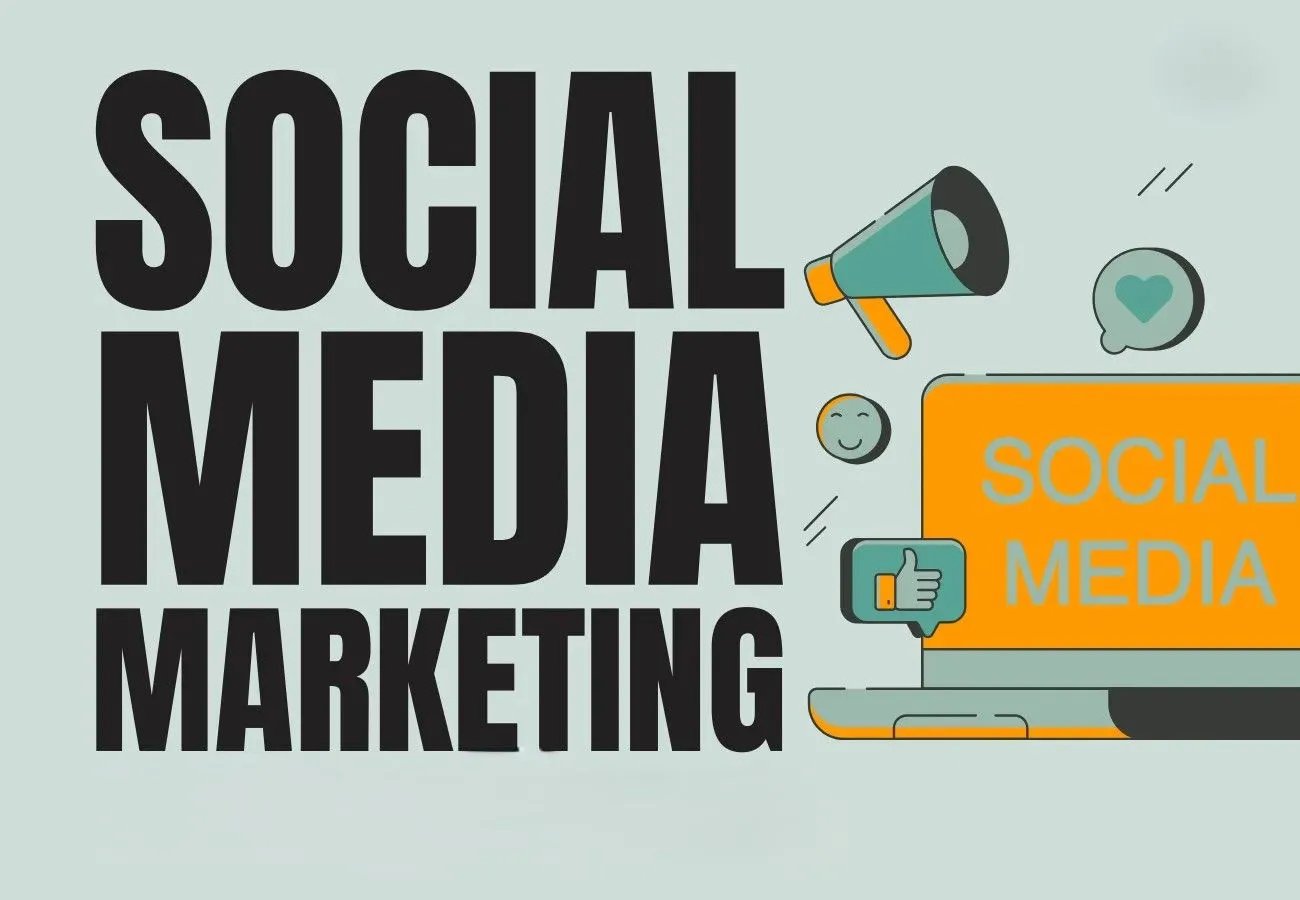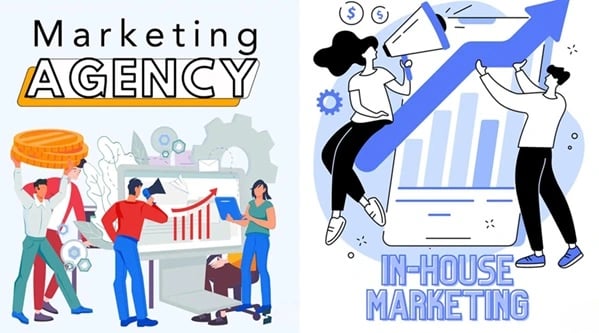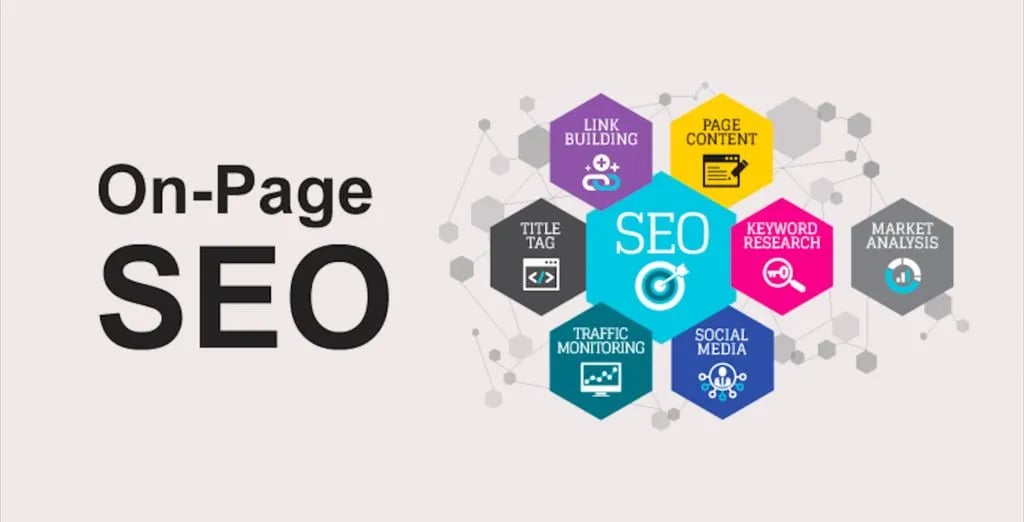
In today’s competitive landscape, having a strong brand narrative is crucial for agencies to stand out and attract high-quality leads. A well-crafted brand story can make all the difference in converting website visitors into paying customers. As Nick Westergaard aptly puts it, “your brand’s story is the glue that holds everything together. But what makes a brand narrative truly powerful? In this post, we’ll explore the three crucial keys to crafting a compelling agency brand narrative that resonates with customers and drives business growth.
Authenticity
Before we look into the importance of authenticity in your agency’s brand narrative, let’s take a step back and examine why it’s crucial to get this right. In today’s digital landscape, customers are bombarded with messages, ads, and promotions from every direction. To stand out from the noise, your agency needs to communicate a clear, genuine, and compelling story that resonates with your target audience.
Defining Your Agency’s Purpose
Your agency’s purpose is the reason why you exist beyond just making a profit. It’s the driving force behind your business, the values you stand for, and the impact you want to make on your customers’ lives. When you clearly define your purpose, you’ll attract the right customers, talent, and partners who share your vision and values. A well-defined purpose will also guide your decision-making, ensuring that every aspect of your business aligns with your core mission.
Your purpose should be authentic, meaningful, and communicated consistently across all touchpoints, including your website, social media, and customer interactions. When your purpose resonates with your audience, you’ll build trust, loyalty, and a strong reputation that sets you apart from competitors.
The Importance of Transparency
Your agency’s transparency is critical in building trust with your customers and establishing a strong brand reputation. When you’re open and honest about your business practices, services, and values, you demonstrate a commitment to accountability and integrity. Transparency breeds trust, which is crucial for converting leads into paying customers and fostering long-term relationships.
Your website, in particular, should provide clear and concise information about your agency’s services, pricing, and values. This will help potential customers make informed decisions and reduce the likelihood of miscommunication or misunderstandings.
For instance, by clearly outlining your design brand process on your website, you can set realistic expectations and showcase your expertise. This transparency will help attract high-quality leads who appreciate your agency’s unique approach and values. By being open and honest, you’ll build trust with your audience and establish a strong foundation for your brand narrative.
Consistency

It’s imperative to establish a consistent brand narrative across all touchpoints to build trust and recognition with your customers. Consistency is key to creating a strong brand identity that resonates with your target audience, a consistent narrative helps to create an emotional connection with your customers, ultimately driving business growth.
Developing a Unique Voice
Any successful brand narrative starts with a unique voice that reflects the personality and values of your business. This voice should be consistent across all marketing channels, from your website to social media and advertising. A unique voice helps to differentiate your brand from competitors and creates a memorable impression on your customers. To develop a unique voice, consider your brand’s values, mission, and target audience. What tone do you want to convey? What language do you want to use? Answering these questions will help you craft a voice that resonates with your customers and sets your brand apart.
For example, if your business is a creative agency, your voice may be more playful and innovative, while a financial institution may adopt a more professional and serious tone. Whatever voice you choose, make sure it’s consistent across all marketing channels to create a cohesive brand narrative.
Visual Identity and Messaging Alignment
Identity is a crucial aspect of your brand narrative, and visual identity is a key component of this. Your visual identity, including your logo, color palette, and typography, should be consistent across all marketing channels to create a recognizable brand image. This visual identity should also align with your messaging to create a cohesive brand narrative.
It’s imperative to ensure that your visual identity and messaging are aligned to create a consistent brand image. For instance, if your brand is focused on sustainability, your visual identity should reflect this through the use of earthy tones and eco-friendly imagery. Your messaging should also reinforce this focus on sustainability to create a cohesive brand narrative.
It’s not just about aesthetics; a consistent visual identity and messaging alignment can increase brand recognition, build trust, and drive business growth. When your visual identity and messaging are aligned, you create a cohesive brand image that resonates with your target audience.
Employee Advocacy and Buy-In
Developing a strong brand narrative requires employee advocacy and buy-in. Your employees are your greatest brand ambassadors, and they should be equipped with the knowledge and tools to communicate your brand narrative effectively. This includes training on your brand’s values, mission, and unique voice to ensure consistency across all touchpoints.
When your employees are invested in your brand narrative, they become passionate advocates who can help spread your message to customers, leads, and partners. This not only creates a cohesive brand image but also drives business growth through word-of-mouth marketing and referrals.
Visual cues such as branded merchandise and office decor can also help reinforce your brand narrative and create a sense of ownership among employees. By empowering your employees with the knowledge and tools to communicate your brand narrative, you create a powerful brand advocate who can help drive business growth.
Relevance
Keep your agency brand narrative relevant by staying connected to the needs and concerns of your target audience. This involves being attuned to industry trends, creating content that resonates, and measuring and adapting to feedback.
Staying Ahead of Industry Trends
Ahead of the curve is where you want to be when it comes to industry trends. Stay informed about the latest developments, advancements, and challenges in your niche. This will enable you to anticipate and address the evolving needs of your customers, positioning your agency as a thought leader and trusted authority.
By staying ahead of industry trends, you can refine your services, develop new solutions, and create content that speaks to the current concerns and interests of your target audience. This, in turn, will help you attract more qualified leads, build stronger relationships with your customers, and ultimately drive business growth.
Creating Content that Resonates
Staying true to your agency’s unique voice and perspective is crucial when creating content that resonates with your target audience. Develop a deep understanding of your customers’ pain points, goals, and values, and craft content that speaks directly to these concerns.
Content that resonates is not just about conveying information; it’s about evoking emotions, sparking connections, and inspiring action. By creating content that truly resonates, you can establish a strong emotional bond with your customers, foster brand loyalty, and drive conversions.
Content that resonates can take many forms, from blog posts and social media updates to videos, podcasts, and even website design. The key is to understand what makes your customers tick and create content that addresses their needs, interests, and concerns in a way that feels authentic and relatable.
Measuring and Adapting to Feedback
Relevance is not a static state; it’s a dynamic process that requires ongoing measurement and adaptation. Collect feedback from your customers, leads, and website visitors to gain insights into what’s working and what’s not.
By measuring and adapting to feedback, you can refine your agency brand narrative, optimize your content and services, and improve the overall customer experience. This, in turn, will help you attract more qualified leads, increase conversions, and drive business growth.
Understanding what drives customer satisfaction and loyalty is critical to creating a powerful agency brand narrative. By listening to feedback and adapting to changing needs and concerns, you can build a loyal customer base that will help drive your business forward.
The Power of Storytelling

Unlike other marketing strategies, storytelling has the unique ability to create an emotional connection with customers, making them more invested in your agency’s brand narrative.
A powerful agency brand narrative is built on the foundation of storytelling. By sharing relatable experiences, challenges, and triumphs, you can humanize your agency and create a deeper connection with potential customers. This connection is vital for building trust, establishing credibility, and ultimately, driving business growth.
Crafting a Compelling Agency Narrative
Narrative is at the heart of every successful agency brand. A well-crafted narrative has the power to differentiate your agency from competitors, convey your values and mission, and resonate with your target audience.
To craft a compelling agency narrative, you need to identify what sets your agency apart and communicate that unique value proposition through a clear, concise, and authentic story. This narrative should be woven throughout your website, social media, and marketing materials, creating a consistent and cohesive brand identity that resonates with customers and attracts leads.
Using Customer Testimonials and Success Stories
Agency testimonials and success stories are a powerful way to build credibility, establish trust, and showcase your agency’s expertise.
By sharing real-life examples of how your agency has helped customers achieve their goals, you can demonstrate the value of your services and provide social proof that resonates with potential customers. These testimonials and success stories can be showcased on your website, social media, and marketing materials, providing a tangible example of your agency’s capabilities and impact.
Using customer testimonials and success stories, you can create a sense of authenticity and trustworthiness, which is vital for attracting and converting leads. By highlighting the challenges your customers faced, the solutions you provided, and the results they achieved, you can create a narrative that speaks directly to the needs and pain points of your target audience.
Building a Strong Brand Foundation

To establish a powerful agency brand narrative, you need to start with a solid foundation. This foundation is built on three important elements: identifying your target audience, developing a unique value proposition, and establishing a clear brand positioning.
Identifying Your Target Audience
Any successful business starts by understanding who its ideal customers are. Your agency is no exception. To attract high-quality leads and convert them into paying customers, you need to have a deep understanding of their needs, pain points, and motivations. This means going beyond mere demographics and delving into their behaviors, preferences, and values. By doing so, you’ll be able to tailor your brand narrative to resonate with them on a deeper level.
For instance, if your agency specializes in website design, you might identify your target audience as small to medium-sized businesses looking to revamp their online presence. You could further segment this audience by industry, company size, or specific pain points, such as difficulty in converting visitors into customers.
Developing a Unique Value Proposition
Your agency’s unique value proposition (UVP) is what sets it apart from the competition. It’s the reason why customers should choose you over others. To develop a compelling UVP, you need to identify what makes your agency unique and how it can solve specific problems for your target audience.
For example, your agency might offer a proprietary “never-miss-a-client” platform that ensures timely follow-ups with leads, resulting in higher conversion rates. This UVP speaks directly to the pain point of missed lead calls and positions your agency as a solution provider.
To craft a compelling UVP, you need to distill your agency’s strengths and benefits into a concise, clear message that resonates with your target audience. This message should be reflected across all touchpoints, including your website, social media, and advertising.
Establishing a Clear Brand Positioning
For many agencies, establishing a clear brand positioning is a daunting task. It requires a deep understanding of your agency’s values, mission, and unique strengths. However, getting it right can pay dividends in terms of attracting high-quality leads and establishing a strong brand reputation.
Clear brand positioning is about occupying a specific space in the minds of your target audience. It’s about being known for something specific, whether it’s your expertise in ecommerce solutions or your ability to drive conversions through targeted advertising. By establishing a clear brand positioning, you’ll be able to differentiate your agency from the competition and attract customers who are looking for specific services.
For instance, your agency might position itself as a conversion-focused agency that specializes in designing websites that drive results. This positioning speaks directly to the needs of businesses looking to improve their online presence and attract more customers.
Putting it all Together
Once again, a powerful agency brand narrative is not just about crafting a compelling story, but also about bringing it to life across all touchpoints. By integrating your brand narrative across channels, measuring its success, and continually refining it, you can create a cohesive brand experience that resonates with your customers and sets your agency apart.
Integrating Your Brand Narrative Across Channels
One of the most critical steps in building a powerful agency brand narrative is to ensure consistency across all channels. This means that your website, social media, advertising, and even cold calling services should all reflect your brand’s unique voice, tone, and personality. By doing so, you can create a seamless brand experience that reinforces your narrative and builds trust with your customers. For instance, your website design should not only be visually appealing but also communicate your brand’s values and mission.
Moreover, your brand narrative should be woven into every aspect of your business, from the way you follow up with leads to the way you design your ecommerce platform. By integrating your brand narrative across channels, you can create a cohesive brand experience that resonates with your customers and sets your agency apart from the competition.
Measuring the Success of Your Brand Narrative
For any brand narrative to be effective, it’s important to measure its success. This means tracking key metrics such as website traffic, lead conversion rates, and customer engagement. By doing so, you can refine your brand narrative and make data-driven decisions that drive results.
Putting it into practice, you can use tools such as Google Analytics to track website traffic and monitor how visitors interact with your brand narrative. You can also use social media analytics to measure engagement and track the success of your brand reputation management efforts. By continually measuring and refining your brand narrative, you can create a powerful brand experience that drives business results.
Putting all the pieces together, a powerful agency brand narrative is not just about crafting a compelling story, but also about bringing it to life across all touchpoints and continually refining it to drive business results. By integrating your brand narrative across channels and measuring its success, you can create a cohesive brand experience that resonates with your customers and sets your agency apart from the competition.
Conclusion
Considering all points, it’s clear that crafting a powerful agency brand narrative is crucial for businesses to stand out in today’s competitive landscape. By focusing on the three keys – understanding your business’s unique value proposition, developing a compelling brand story, and consistently communicating that narrative across all touchpoints – agencies can establish a strong online presence, attract high-quality leads, and ultimately drive conversions. A well-designed website, for instance, can serve as a powerful tool in showcasing an agency’s brand narrative, making it a necessary component of any business’s marketing strategy.
By leveraging these three keys, agencies can build trust with their customers, establish credibility, and drive growth. Whether it’s through website design, ecommerce solutions, brand reputation management, social media marketing, cold calling services, or targeted advertising, a strong brand narrative can help businesses rise above the noise and resonate with their target audience. By implementing these strategies, agencies can stop missing lead calls, start converting visitors into premium paying customers, and ultimately achieve long-term success.











